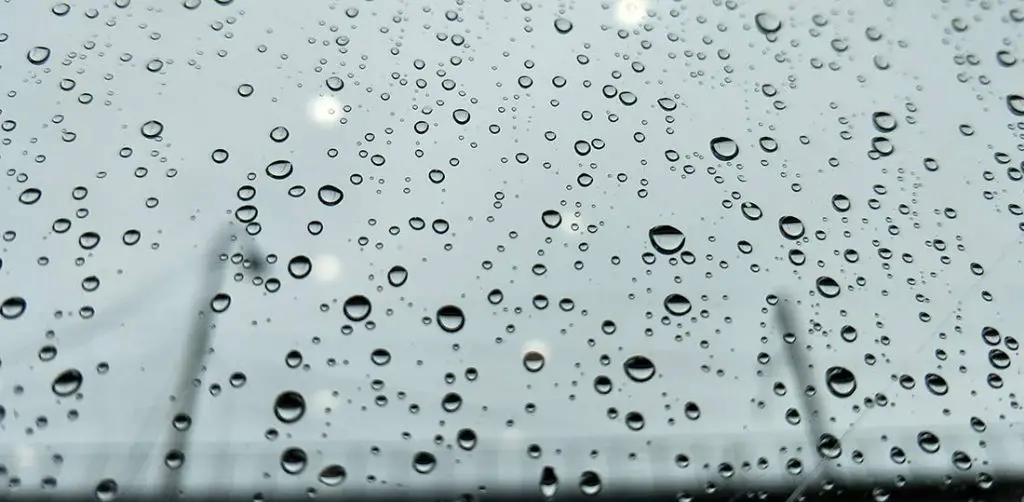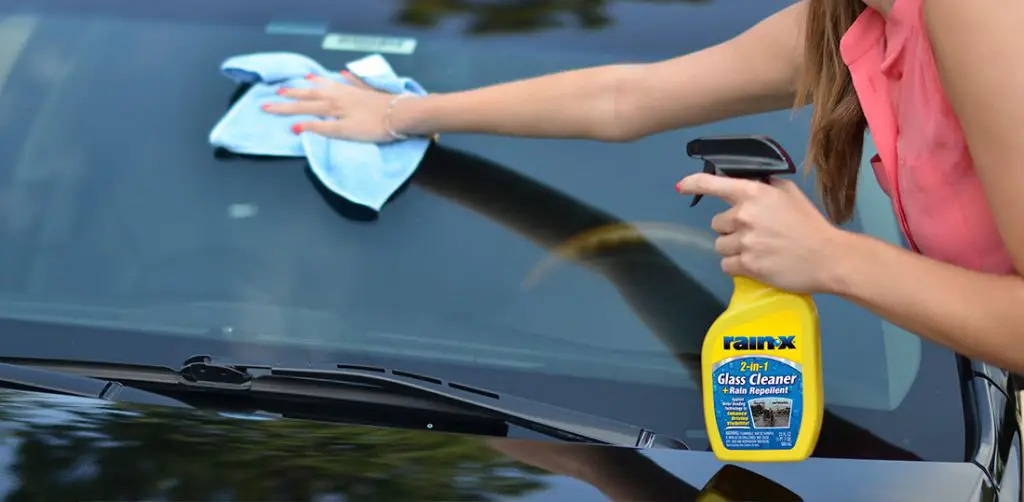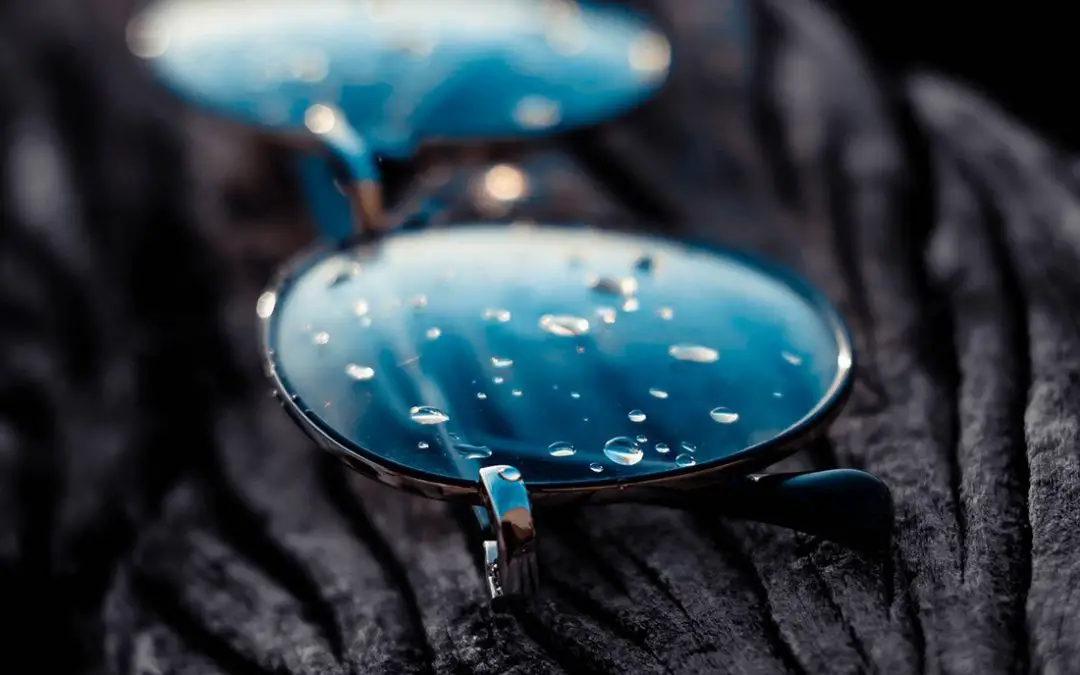Rain X is a popular product used within the automobile industry. It’s primarily used on cards that act as a rain repellent thanks to Rain X’s water beading technology. As the most popular brand in this space, with 40 years in the industry, there’s been much speculation regarding the use of Rain X outside of the automobile industry, in say, eyewear.
The logic is pretty sound. Glasses are notorious for fogging/steaming up and heavy rain is a villain to most glasses wearers. But the real question, aside for will it even work, is if it’s even safe to do. Will using Rain X on your eyeglasses damage them or create long-term issues with your glasses? These are the questions we plan to answer in this article today.
What is Rain X?
Rain X is one of the best and leading providers of synthetic hydrophobic surface-applied products across America and the world. Founded in 1972 they are trusted not only due to their longevity within the industry but the effectiveness of their product. Rain X is made up of a number of chemicals including water, surfactants, and lubricants. Other ingredients include polymers, waxes, and silicones which all help to create a resistive and porous surface so water won’t stick to the applied area.
Will Rain X Damage my Eyeglasses?
The idea behind using Rain X on eyewear is to provide water from sticking to your glasses and help the water bead up and flow off the glasses easier. The main question people ask when it comes to Rain X is will it damage my glasses? Before we answer this question we need to know exactly what Rain X is made of and the chemical composition that makes it.
First of all, we’ve run a bunch of tests using Rain X on our eyewear and found no notable short-term problems using it. This makes sense in theory. After all, Rain X doesn’t damage car window screens so it’s made with the idea of protecting, not damaging, the item it’s used on (mainly car windows and windscreens). That being said, Rain X wasn’t designed for eyewear, and although we’ve only been using it for a little over 1 month, it’s hard to say if it could have long-term effects on your glasses. There’s just not enough data out there to know for sure.

Testing Rain X on Eyewear
We performed two separate tests on 2 different pairs of glasses. The first was simply applying Rain X in a small dose (a drop) and spreading it across. This was done on a cheap pair from Amazon (cost $4.99) and a more expensive pair of Ray-Bans Aviators. From here we tried many different tests including pouring over water and taking them outside in heavy rain (natural conditions). We also had a control group (the same glasses but without Rain X applied) so we could measure the differences more accurately.

Rain X + Glasses Verdict
Overall we had mixed results with using Rain X on both eyeglasses and sunglasses. With little rain, it worked fairly well and thanks to gravity helped the rain flow off the glasses faster. That being said, over prolonged use in the rain, we found that slight water residue would still stick and lie on the surface of the glasses. This isn’t as apparent when using Rain X on your car as the glass is larger in size, but does make a difference in glasses.
With heavy rain, it still does work, but quickly increases that build-up of water much faster essentially making Rain X pointless. Finally, we can’t confidently say whether or not Rain X won’t have a long-lasting negative effect on your eyewear. We trialed using Rain X for a little over a month, daily, and didn’t see any issues with it. But this could easily change depending on how much you use, how frequently you apply it and the type of glasses you wear (whether they’re polarized or not for example).

